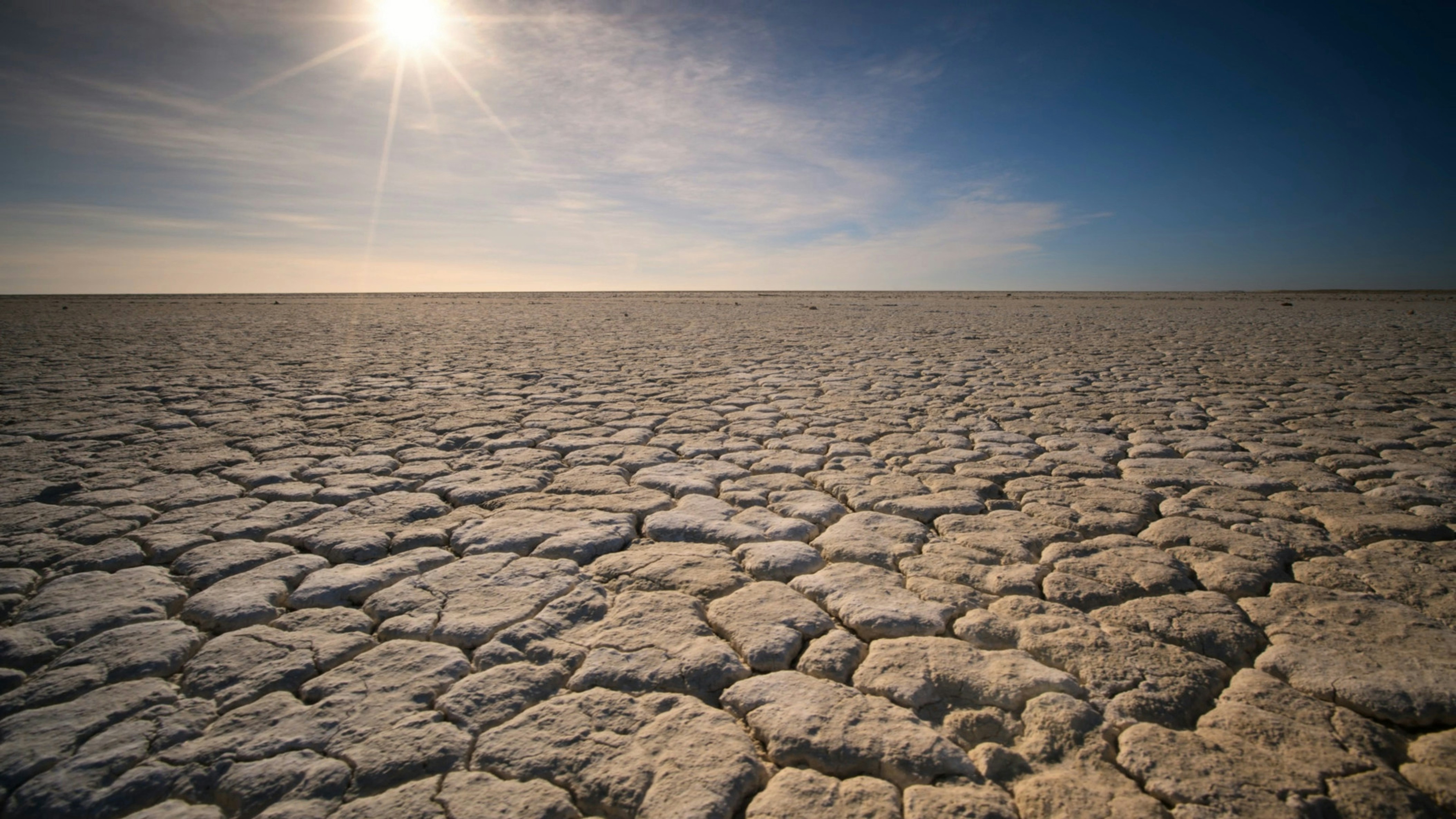So that’s why some books have an appendix

Have you ever gotten to the end of a book only to realize you weren’t actually at the end? You thought you could mark it as completed, but found another chapter at the end that wasn’t even called a chapter.
Depending on what type of book you were reading, those chapter-wannabes can be called an epilogue, an afterword, or an appendix.
For the sake of simplicity, it’s simply a fancy word for “something we found that we needed to add after the book was finished.”
They’re pretty handy, unlike the appendix that many have removed from their bodies. Random thought: appendixes are removed from the body, but added to books. Strange.
Another random thought: Is the plural of appendix, appendixes, or appendixxi? Here’s the answer you never saw coming: Who cares? You only have one. Unless you’re in the 0.0004-0.0009% of the global population, and if that’s you, my guess is you’ll get twice the encouragement from this post as the more common single appendix people. Yay, you!
By now, I’m sure you’re wondering why I’m writing about this, and, like people thinking they finished the book, you may be hoping that you’re done with this post. But you’re not because this is an appendix, and it can’t be surgically removed.
I wrote a blog the other day about what I’m going to start telling people when they tell me they want deeper teaching, and as soon as I posted it, I thought of something else to add to it. I won’t recap it all here, but allow me to share some of what I wrote to help this appendix make sense.
In our podcast and YouTube culture, we’ve come to see depth as the result of learning more, not as the result of needing more. But the roots of trees only go deeper because they aren’t finding water at the current level, and so they do a deep dive searching for what they need.
The emphasized part is what I want to add to. When I was first writing it, I went back and forth on the language because I could hear someone justifying leaving one church to go to another by saying, “See? I had to leave where I was to go deeper and find the water I needed!”
That thought stumped me, and I wasn’t sure I would even know what to say in response to it because it sounds so, well, right. So spiritual, like the kind of thing someone would say who really does want to go deeper.
But that’s why the droughts and dry seasons are so important. It’s in those seasons that we learn to find water ourselves, not simply relocate to a different yard where it doesn’t seem as dry. If all we do is switch gardens, then we haven’t gotten deeper; all we’ve really done is ensure that we stay wet.
So, no, diving deep in scripture and worship in a dry season is the only way roots get deeper and stronger. Being transplanted over and over again because we’ve never learned how to stay planted will ultimately be detrimental to the plant.
But blessed is the one who trusts in the Lord, whose confidence is in him. They will be like a tree planted by the water that sends out its roots by the stream. It does not fear when heat comes; its leaves are always green. It has no worries in a year of drought and never fails to bear fruit. (Jeremiah 17:7-8, emphasis mine)
When we learn how to respond by going deeper in the same place instead of getting watered in a different place, we’ll become trees that have no worries in dry seasons. We’ll become trees that know how to dig down deeper for nourishment.
Trees that always bear fruit.
Trees that a hungry generation will always come looking for when it’s ready to eat.
And to quote Forrest Gump, “That’s all I’ve got to say about that.”
Well, until the next appendix.









Leave a Comment